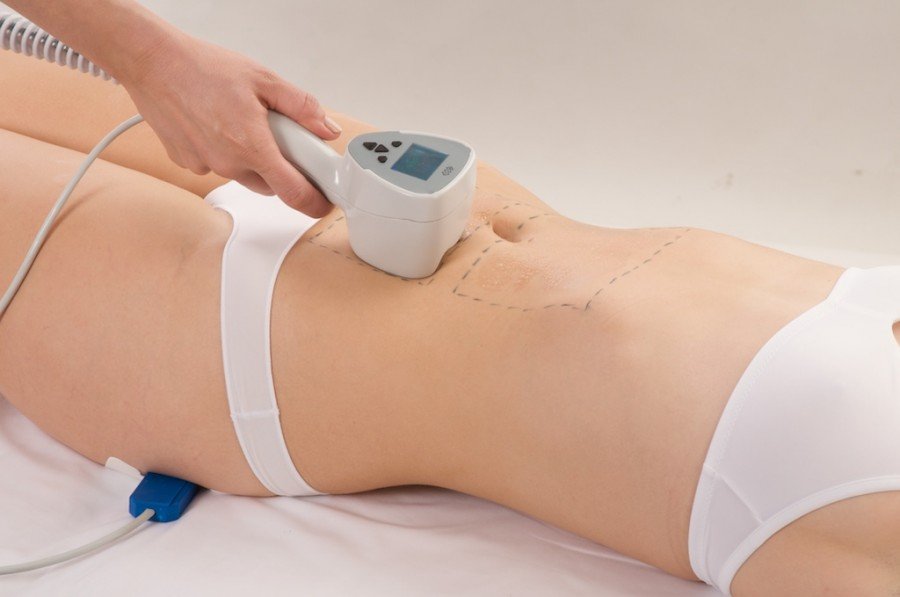The Science of Radiofrequency Energy and Its Role in Fat Reduction and Skin Tightening

Strong 8k brings an ultra-HD IPTV experience to your living room and your pocket.
In recent years, radiofrequency (RF) technology has gained widespread recognition in the aesthetics industry for its ability to reduce fat and tighten skin. This non-invasive approach appeals to individuals seeking effective cosmetic treatments without the downtime or risks associated with surgery. But how does it work, and what makes it a trusted method in the world of aesthetics? Let's explore the science behind radiofrequency energy, its applications, and the benefits it offers.
What is Radiofrequency Energy?
Radiofrequency refers to electromagnetic waves that oscillate at frequencies ranging from 3 kHz to 300 GHz. In the context of medical aesthetics, RF energy typically operates in the lower end of this spectrum, allowing it to penetrate the skin safely without causing harm to the epidermis. RF devices deliver energy in the form of heat, targeting specific layers of the skin and underlying tissues.
The key mechanism behind RF technology lies in its ability to generate heat within tissues. When RF waves pass through the skin, they create friction among molecules, leading to a controlled increase in temperature. This localized heating triggers a series of biological responses that make RF a valuable tool for aesthetic treatments.
The Role of RF in Fat Reduction
One of the primary uses of RF energy is in non-invasive fat reduction. By heating adipose (fat) tissue to temperatures of around 40-50°C, RF disrupts fat cells, causing them to break down through a process known as apoptosis. Apoptosis is the body's natural mechanism for eliminating damaged or unnecessary cells. Once the fat cells are broken down, they are metabolized and excreted through the lymphatic system.
Unlike traditional liposuction, RF fat reduction does not require incisions, anesthesia, or recovery time. This makes it an appealing option for individuals looking to contour their bodies without surgery. Clinical studies have shown that RF treatments can effectively reduce fat in targeted areas such as the abdomen, thighs, and arms with consistent results over multiple sessions.
How RF Promotes Skin Tightening
RF energy is also highly effective in addressing skin laxity. The heat generated by RF waves stimulates collagen production, a process known as neocollagenesis. Collagen, the structural protein responsible for skin firmness and elasticity, diminishes with age, leading to sagging and wrinkles.
When RF energy heats the dermis to temperatures of around 60-70°C, it causes the collagen fibers to contract, creating an immediate tightening effect. Over time, the stimulation of fibroblasts leads to the production of new collagen and elastin, resulting in long-term improvements in skin texture and elasticity.
Combining Fat Reduction and Skin Tightening
One of the unique advantages of RF technology is its ability to simultaneously target fat cells and tighten the skin. This dual functionality makes RF treatments particularly effective for addressing areas where fat reduction might otherwise lead to loose or sagging skin. For example, treatments for the abdomen or under the chin often combine these benefits, producing a smoother, more toned appearance.
Safety and Effectiveness
RF treatments are widely regarded as safe when performed by trained professionals. The technology is non-invasive, meaning there is no risk of infection or scarring. Modern RF devices are equipped with sophisticated cooling systems and real-time temperature monitoring to ensure patient safety and comfort.
Although RF is suitable for most skin types, individual results may vary based on factors such as age, skin condition, and treatment area. To achieve optimal outcomes, patients typically require a series of sessions spaced several weeks apart.
The Evolution of RF Technology
Advances in RF technology have led to the development of various devices tailored to specific aesthetic goals. Monopolar, bipolar, and multipolar RF systems each offer distinct advantages, with some devices combining RF with other modalities such as ultrasound or vacuum suction for enhanced results.
For example, devices that integrate RF and ultrasound can achieve deeper tissue penetration, making them ideal for stubborn fat deposits. Similarly, systems that combine RF with microneedling offer targeted skin rejuvenation by delivering energy directly into the dermis through fine needles.
The Future of RF in Aesthetics
As the demand for non-invasive cosmetic treatments continues to grow, RF technology is poised to play an increasingly prominent role in the aesthetics industry. Ongoing research and innovation are likely to yield even more effective and versatile devices, expanding the range of conditions that can be treated with RF energy.
In addition to aesthetics, RF technology shows promise in medical applications such as wound healing and scar reduction, further highlighting its versatility and potential.
Conclusion
Radiofrequency energy has revolutionized the field of aesthetics by offering a safe, effective, and non-invasive solution for fat reduction and skin tightening. Its ability to harness the body’s natural processes for collagen production and fat metabolism makes it a powerful tool for achieving cosmetic goals without surgery.
Whether you’re looking to contour your body, tighten sagging skin, or rejuvenate your appearance, RF technology offers a scientifically-backed solution that delivers lasting results. With advancements on the horizon, the future of RF in aesthetics is brighter than ever, promising new possibilities for both practitioners and patients.
Note: IndiBlogHub features both user-submitted and editorial content. We do not verify third-party contributions. Read our Disclaimer and Privacy Policyfor details.



